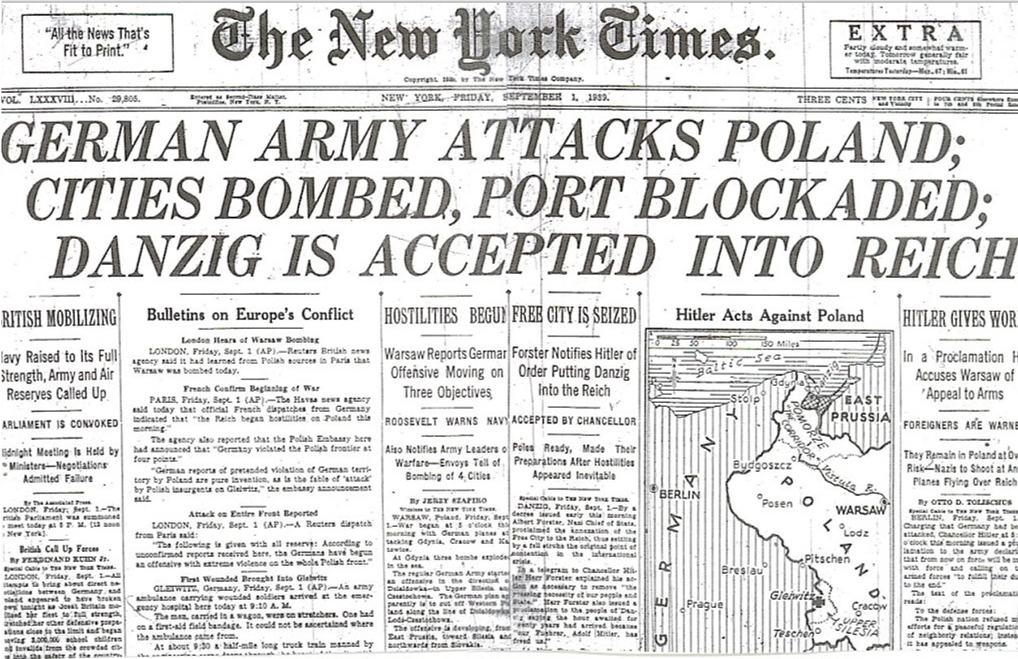 “September 1, 1939,” I said, narrowly eyeing the person beside me, scrunching my forehead in genuine scrutiny of the situation. Although I was not entirely certain of what was to come, the eternal optimist within geared up for an opportunity to go into raptures.
“September 1, 1939,” I said, narrowly eyeing the person beside me, scrunching my forehead in genuine scrutiny of the situation. Although I was not entirely certain of what was to come, the eternal optimist within geared up for an opportunity to go into raptures.
“Friday,” emerged his effortless reply.
And so it was.
Meet my younger brother. He has autism.
I adore my brother to no end and absolutely delight in sharing him with my world. Given an opening, I can deftly ramble on about his extraordinary memory, prowess in navigating the NYC subway system, and uncanny ability to out-GPS a GPS. Of all his talents, he is best known for his calendar trick, described above, in which one gives him a specific date (people especially love trying dates of birth) and he responds, within seconds, with the correct day of the week corresponding to that date. So, during a run-of-the-mill family dinner, when my father and I began delving into a discussion about the dawn of World War II, I decided to steer the conversation somewhat and jump at the chance to test my brother’s proficiency with the 1930s, a territory we had never yet encountered. The rest, of course, is history.
How does this anecdote relate to medicine, you may ask?
Good question. As both a sibling of someone with autism and a future pediatrician, I perceive a critical need to train the next generation of physicians, and especially pediatricians, to be able to interact comfortably with patients with autism and thereby enhance their day-to-day care. Crucial, too, is a particular level of competence and a discerning eye to detect autism in the earliest stages of a child’s development in order to maximize outcomes through early-intervention programs and other necessary services.
It is for these reasons that I founded Einstein’s student-run Autism Awareness Club during my first year here, in 2012. True to its name, the club provides awareness of autism spectrum disorders to the student body at Einstein. It is a stepping-stone, a bridge between classroom and book learning and the all-important experiential clinical interactions. It is a means to help students who have experience with those with autism learn more about providing care for these individuals. And it is a way for me to give back from what I have gathered throughout the years with my brother and maybe some day benefit the life of another child affected by autism.
Why the spotlight on (and my increasing interest in) autism specifically?
The soaring prevalence of the disorder demands this. The latest Centers for Disease Control (CDC) surveillance system estimates the prevalence now to be 1 in 68 children—an utterly staggering statistic with tremendous implications. Many have argued strongly, and for good reason, that this is a public health crisis. The CDC reports also the pervasiveness of autism spectrum disorders among all categories of race, ethnicity, and socioeconomics. And one cannot discount that autism comprises an extremely complex and impressive array of entities. Indeed, that the term “autism” can apply both to extremely high-functioning individuals with only mild social impairment and to severely intellectually disabled persons with no speech or meaningful communication must be common knowledge for the professional cadre working with these people. A better understanding of, and greater experience with, all forms of autism engenders not only a finer level of care for the multitudes affected, but also a greater degree of trust and peace of mind for families when they realize that their loved ones are in capable hands—a notion not to be taken lightly in the least.
And the Autism Awareness Club…?
The club’s introductory event introduced students to the vast assortment of autism-related resources and figures associated with Einstein and the Children’s Hospital at Montefiore. The club has hosted additional practical events, including explaining how to recognize the early signs of autism, methods to communicate effectively with patients with autism, and how to use multiple screening tools to assess for autistic behavior in a developing child. Esteemed researchers have delivered talks about their cutting-edge findings in the ever-changing and rapidly advancing world of autism research. We have made sure to keep abreast of clinical revisions, as well; we presented several talks on the transformation of the definition of autism according to the Diagnostic and Statistical Manual of Mental Disorders, fifth edition.
And what of more sensitive matters? We never claimed to be shy! The club encourages exclusively student-run events, including one in which students probed the controversy related to vaccines and autism and another in which the need for a cure was explored. We stay true to our local roots, too, and provide for students to become actively involved with nearby venues, such as Einstein’s own Children’s Evaluation and Rehabilitation Center and the Bronx Walk Now for Autism Speaks. And we do our humble part to join in the nationwide movement for autism awareness by dedicating one day in April—National Autism Awareness Month, that is—to wearing blue. (We have not quite yet figured out how to temporarily metamorphose Robbins Auditorium into a cerulean sea of peaceful tranquility….)
So, cherished reader, it is with much warmth that I share with you my experiences in the Autism Awareness Club. I encourage every Einstein student to check out the club. We have many exciting events in store for the upcoming year, and we look forward to your involvement.
Those who have autism are counting on you.

